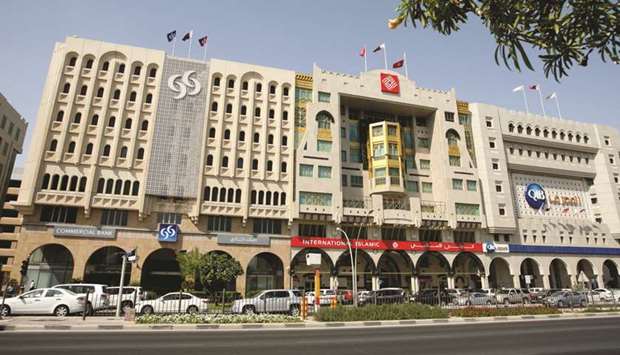Understanding the importance of financial technology in the development of Qatar’s banking and financial sector, the Qatar Central Bank is now gearing up to announce a fintech strategy.
The QCB plans to realise this in co-operation with financial institutions and financial technology companies.
The QCB is determined to contribute to the creation of a modern regulatory environment that supports innovation and market stability, stressed its Governor HE Sheikh Abdulla bin Saoud al-Thani.
At an event in Doha in December, Sheikh Abdulla explained that the global financial sector was rapidly developing, supported by electronic innovations and systems, where the provision of financial services has become mainly dependent on technology. This is because of its greater role in transforming the banking sector from its conventional channels to digital alternatives in banking. Preparations are underway to launch digital banks, or what is known as new banks, which provide banking services through mobile applications and other channels, he said.
“The future banking industry is also heading towards a new historical turning point, where the extent of banks’ ability to benefit from advanced technology is studied in order to employ them in financial services, for example artificial intelligence, and blockchain technology. These developments will extend to a wide range of financial services,” he noted.
Sheikh Abdulla stressed the need for regulatory and supervisory bodies around the world to quickly cope with the new challenges in order to reduce regulatory gaps and maintain financial stability, in light of recent developments in the financial and banking sector.
Meanwhile, Qatar’s banking sector witnessed overall growth in 2019, driven by the rapid deployment of modern banking technology.
Strong private sector credit helped Qatar’s commercial banks clock a robust double-digit growth in domestic assets, which totalled QR1.55tn in end-2019.
Domestic assets constituted 85% of the total, according to the QCB.
Domestic assets witnessed about a 12% year-on-year expansion to QR1.32tn at the end of December 31, 2019 on a robust growth trajectory, especially in the case of credit, securities portfolio, credit on banks and cash and precious metals.
Total credit of the commercial banks grew about 11% to QR1.04tn. Their domestic credit facilities shot up more than 12% year-on-year to QR964.19bn at the end of review period. They constituted about 85% of the total domestic assets of the banks.
Private sector credit registered a more than 20% year-on-year expansion to QR635.19bn, or 66%, of the total domestic credit at the end of December last year; while public sector credit witnessed a marginal 0.37% dip to QR17.48bn.
Higher margins, continued cost control, and a clear focus on risk have enabled Qatar’s listed banks to report, on average, a 5.5% profit increase year-on-year in 2019, a recent KPMG analysis has shown.
During the year, Qatar’s listed banks saw a 9.3% growth in assets as well, it said.
The growth of the aggregated total loans and advances of the eight listed Qatari banks from June to September 2019 (in excess of QR30bn) was “mainly driven by a combination of growth in equity, due to banks and customer deposits,” PwC said in its latest “Qatar Banking Sector” report.
Customer deposits recorded a “fast” growth (QR +18bn, or 2.9%) in Q3, 2019 compared to H1 2019, PwC said.
In detail, from June to September 2019, the aggregated total assets of the eight listed banks grew QR39bn (5.63% increase compared to the FY 2018 results) to hit QR1.57tn, while the aggregated loans and advances grew QR30bn (5.76% increase compared to the FY 2018 results) to reach QR1.08tn, PwC said.
It said the growth of the aggregated total assets of the eight listed banks from June to September 2019 was proportionally mirrored by the increase of customer deposits (+ QR18bn).
The PwC analysis also shows a solid growth over the past three years; results indicate the total assets of these banks increased by 22.7% (CAGR of 7.1%), demonstrating that the “growth of the Qatari financial industry remains solid and resilient over time”.
The total profit of the eight listed commercial banks increased by 5.6% compared to Q3, 2018, reaching QR19.2bn for the period that ended on September 30, 2019 (QR18.2bn in September 2018), PwC said.
Business / Business
QCB commits to modern regulatory environment to support market stability, innovation

Strong private sector credit helped Qatar’s commercial banks clock a robust double-digit growth in domestic assets, which totalled QR1.55tn in end-2019



